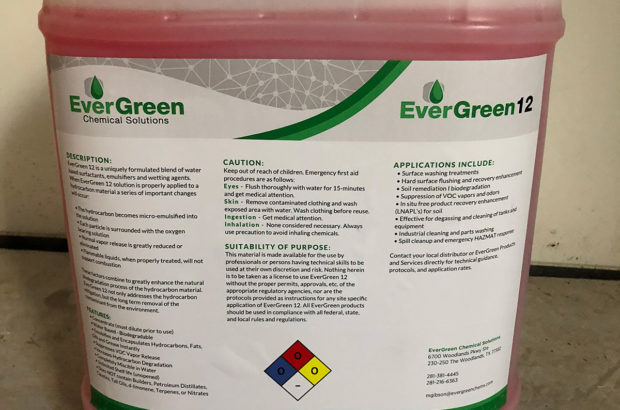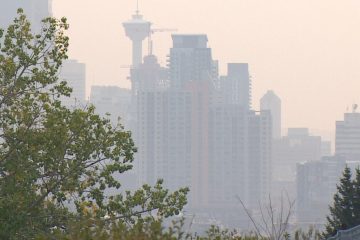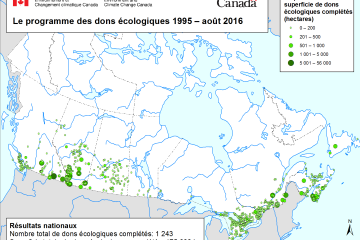The Importance of Evergreens in Sustainable Gardening

Introduction
Evergreen plants, those that retain their foliage year-round, play a crucial role in sustainable gardening and landscape design. Their ability to provide continuous greenery, habitat for wildlife, and enhance air quality makes them invaluable assets in any garden or urban landscape. As climate change and urbanization threaten biodiversity, understanding the significance of evergreens becomes increasingly relevant.
Benefits of Evergreens
Evergreen plants offer several benefits that make them ideal for both residential and commercial gardening:
- Year-round color and structure: Unlike deciduous trees and shrubs that lose their leaves in winter, evergreens maintain their vibrant colors and shape throughout the seasons.
- Wildlife habitat: Many bird species rely on evergreens for shelter and nesting materials. They also provide food sources in the form of berries and seeds.
- Soil conservation: The dense root systems of evergreens help prevent soil erosion, especially on slopes and hillsides, while improving soil health.
- Air quality enhancement: Evergreens actively absorb carbon dioxide and release oxygen. They can also filter airborne pollutants, contributing to improved urban air quality.
Challenges and Considerations
While evergreens are essential, there are challenges associated with their cultivation. Selective breeding and climate change have led to issues such as susceptibility to pests and diseases. For instance, the eastern white pine has faced challenges from the invasive pine wilt nematode. Furthermore, gardeners must consider suitable species for their local climates to ensure that the plants thrive.
Conclusion
In conclusion, incorporating evergreen plants into gardens and urban landscapes is a significant step towards sustainable gardening. They provide essential environmental benefits, from maintaining biodiversity to enhancing air quality. As gardeners and landscape designers move forward, prioritizing evergreen species can lead to healthier ecosystems and resilient landscapes. The continued interest in sustainable practices means that understanding and utilizing evergreens will remain at the forefront of gardening conversations.





